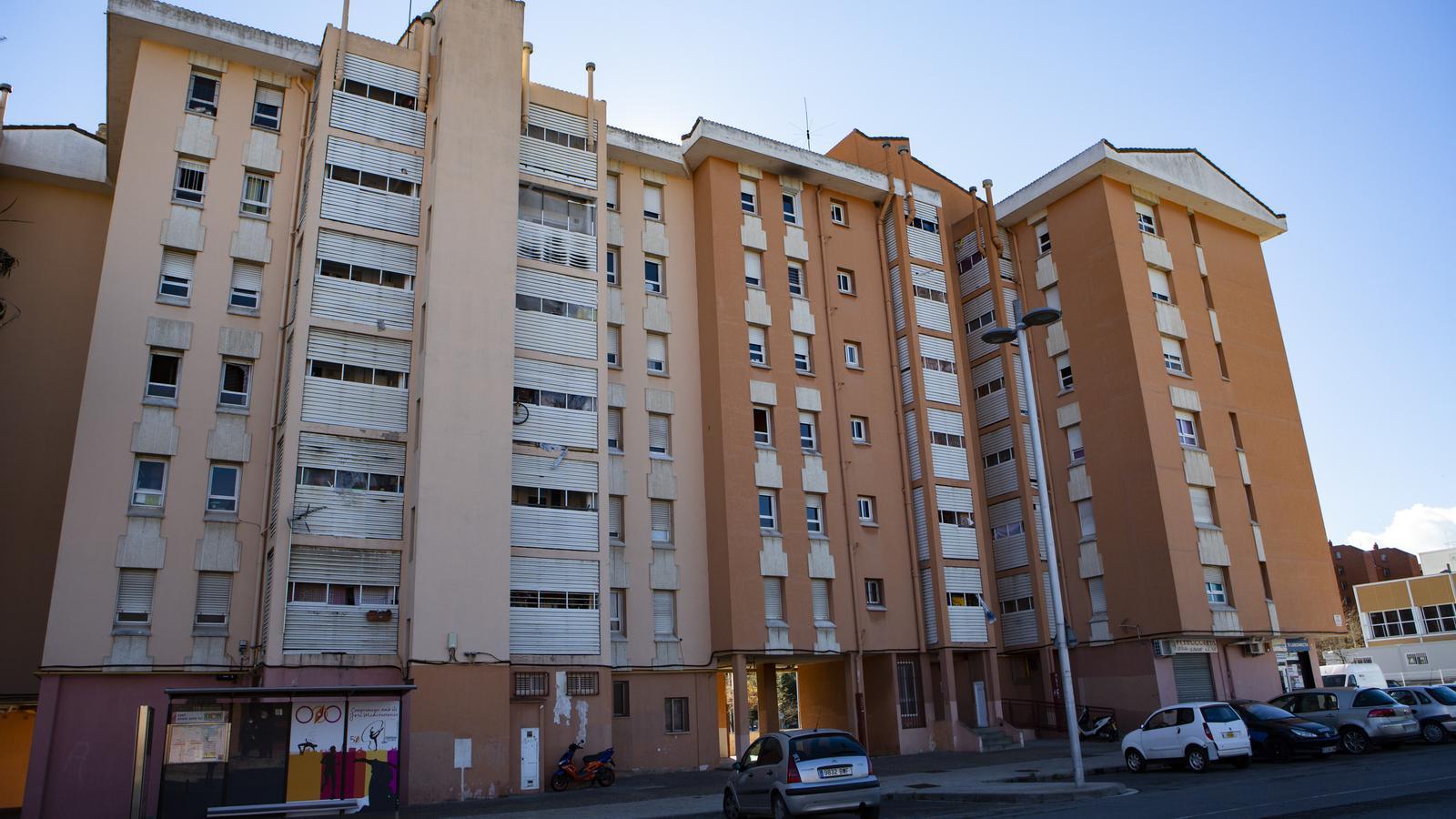The ignored Catalonia of vulnerable neighbourhoods


The Catalonia of vulnerable neighbourhoods is an often invisible reality. Many prefer not to see it. Many have never set foot in an uncomfortable reality. This weekend ARA is portraying it: we have gone there, we have talked to the neighbours, we have asked the experts... The portrait that emerges is that of areas that feel forgotten and stigmatised, trapped in a vicious circle of lack of opportunities and urban degradation that does nothing but rot and prolong the problems eternally. Attempts to reverse the situation, which there have been, have in most cases never succeeded due to lack of continuity and resources. The two crises of this 21st century have been lethal for some neighbourhoods that are now living immersed in the drama of the pandemic. With the housing problem as a decisive factor, unemployment, educational and health deficits, the weakness of associations and commerce, and petty crime often associated with drugs are other factors that are repeated in many of these neighbourhoods, both in the metropolitan area of Barcelona (especially along the Besòs river) and other urban environments in the districts of Girona, Lleida and Tarragona. Among these neighbourhoods there are some very well known and marked, while others, which also suffer degraded situations, are directly ignored by a large majority of Catalans. As if they did not exist.
The Catalonia of the 21st century, in fact, concentrates serious social problems in the same areas as four decades ago. As if time had not passed and reality could be ignored. This is not to say that nothing has been done, but in practice many are still far below the country's welfare average. We can find many excuses and reasons to explain it, but whichever way you look at it, it is a collective failure. They are the backyard of an unevenly distributed progress, they are the neighbourhoods that show our impotence as a society, they are the palpable proof of a weak welfare state that in the end always leaves a significant number of citizens in inferior conditions, and in many cases at the margin of legality. With the administrations overwhelmed, sometimes only the social and neighbourhood entities manage to stop the blow. They do an essential and praiseworthy job of substitution. But it is not enough.
There are no magic solutions to reverse problems in these neighbourhoods, but as a country we cannot fall into the fatalism of thinking that there is no solution and that forty years from now they will remain the same. Only with determined and persistent public policies over time, the result of a great national pact, which includes transversal and intensive actions in education, urban planning, housing, health, safety, commerce and culture, can we think of an eventual way out of marginality, out of the spiral of degradation. The neighbourhood plans promoted by left-wing Catalan governments between 2003 and 2010 or by Barcelona City Council in recent years are only a starting point with beneficial but limited effects. There is a lot of work to be done. Listening to those who live there is the first step. And improvement is possible, as has been demonstrated in some cases, for example in Bellvitge. Catalonia cannot continue to ignore its vulnerable neighbourhoods. That is not the country we want.
